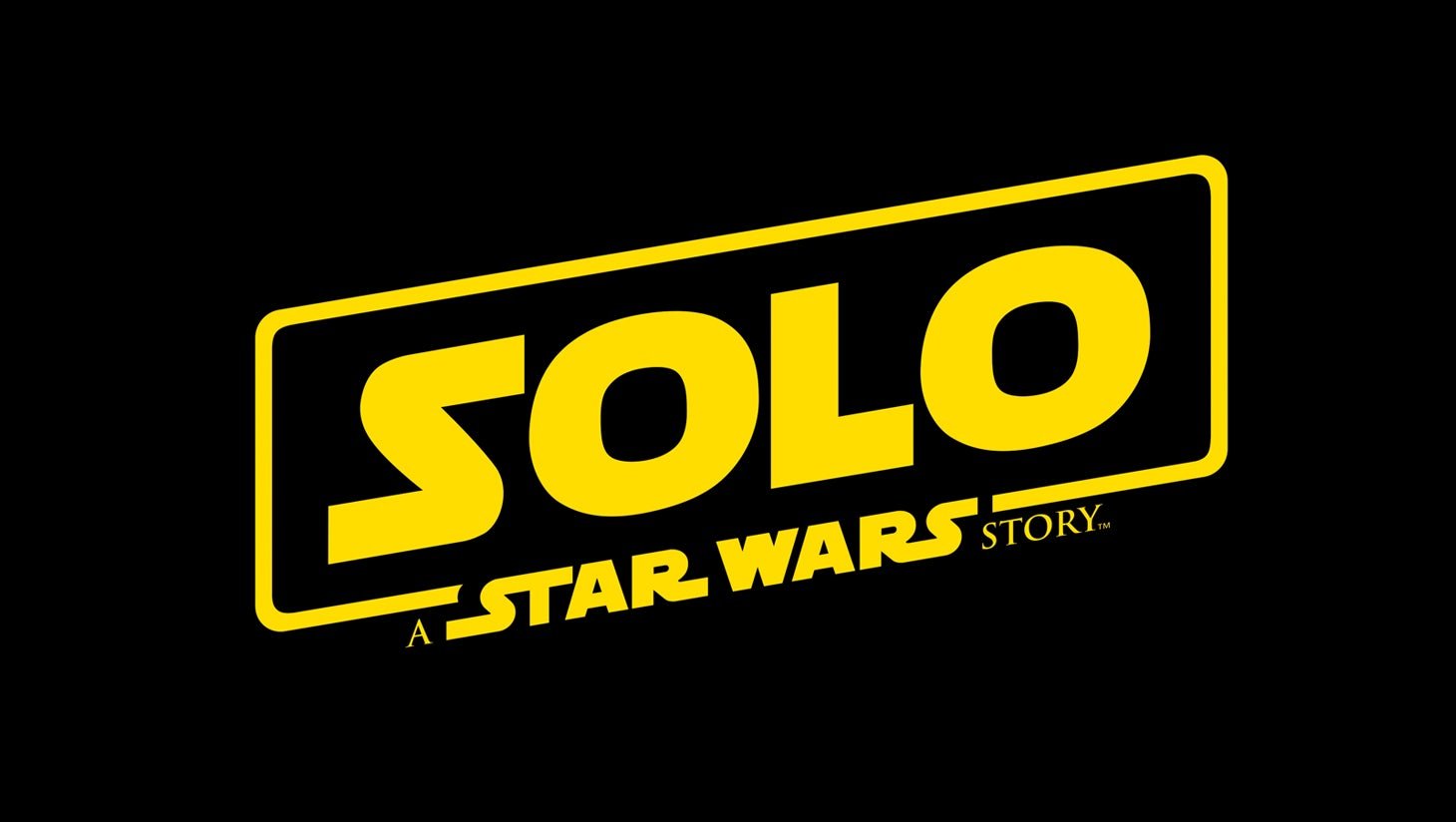“Solo: A Star Wars Story” isn’t a movie. It’s a branding exercise
The title of the Han Solo Star Wars story will be Solo: A Star Wars Story, Disney and director Ron Howard announced yesterday. Set before the events of the original Star Wars trilogy, Solo: A Star Wars Story will follow a young Han Solo (Alden Ehrenreich), and presumably tell his story.


The title of the Han Solo Star Wars story will be Solo: A Star Wars Story, Disney and director Ron Howard announced yesterday. Set before the events of the original Star Wars trilogy, Solo: A Star Wars Story will follow a young Han Solo (Alden Ehrenreich), and presumably tell his story.
Did we mention this is a Star Wars story, about Han Solo? Just making sure that was clearly communicated.
While the roundly mocked title itself doesn’t really matter (especially compared to the other issues facing Hollywood right now), everything about Disney’s upcoming Han Solo standalone film reeks of corporate influence—even more so than the other Star Wars properties. Solo isn’t so much a movie as it is an uninspired product created to justify the continued existence of the Star Wars brand. It’s an iPhone, and just like Apple’s new version of the smartphone, it’s already plagued with production problems.
Disney’s Lucasfilm announced in 2015 that it was developing a spinoff film based on Solo, the iconic antihero played by Harrison Ford in the original trilogy. Han Solo is one of the great characters of cinema, and if Disney is going to make a bunch of standalone Star Wars properties, then why not explore Solo’s origins in one of them, right?
Wrong. The project was a shaky idea from the start with very little to offer apart from the aforementioned exploration of Solo’s beginnings as a young scoundrel. You can imagine the discussion in Lucasfilm’s office about the concept:
“So why do we actually need this movie?” one executive says to another.
“I don’t know, but Han Solo,” the other replies.
“Wow, good point.”
It’s easy to imagine that conversation alone being enough to launch a $200 million brand campaign in the form of a two-hour movie. The same process is now playing out for Yoda, Obi-Wan Kenobi, Boba Fett, and just about every other Star Wars character with an action figure that can be sold. The Star Wars franchise will long outlive you or me or anyone who’s alive to watch Solo: A Star Wars Story.
The one thing that made the Solo film somewhat intriguing, and the only thing that could truly justify its existence, was the involvement of Phil Lord and Christopher Miller, the directors of 21 Jump Street and The Lego Movie. Their funky, irreverent style would have been a welcome addition to the bland corporate synergy of the rest of the Star Wars filmography. They reportedly aimed to make a comedic Western, encouraging the actors to improvise dialogue and action.
So of course they were fired. Lucasfilm broke the news in June that the directing duo would not complete their work on the film, adding to the Star Wars universe’s copious production issues. Seemingly every new Star Wars movie has either changed directors, required a significant script overhaul, or demanded costly reshoots. Rian Johnson’s The Last Jedi, out in December, appears to be the only one made without overcoming serious obstacles (that we know of).
Howard, the accomplished director of Apollo 13, A Beautiful Mind, and Rush, among others, was brought in to save the film. While it wouldn’t surprise anyone if he’s able to salvage what Lord and Miller left him and turn it into a perfectly fine sci-fi adventure yarn, the hope that Solo: A Star Wars Story could be something more than its name suggests went out the window with Lord and Miller’s firing.
Which brings us back to the film’s title. It’s a microcosm of the creativity crisis afflicting both Star Wars and the film industry at large. If the studio can’t think of something cooler than “Solo,” why would we expect it to make something as unique or unexpected as the original trilogy was?
And, given Disney’s cynical merchandising ambitions, what reason does it have to even care if the title of the movie stinks? Be honest: You’re going to see it anyway.